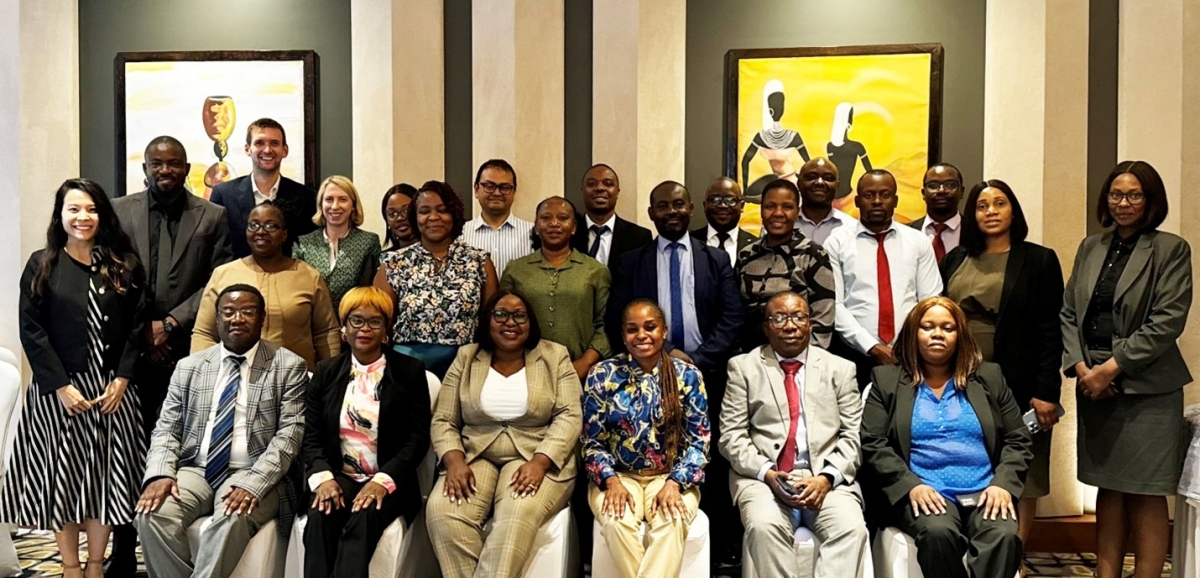Paving the Way for Proactive Disaster Risk Finance: Insights from the Crisis and Disaster Risk Finance Workshop in Zambia

On October 8, 2024, Zambia held a workshop to validate the preliminary findings of its Climate Disaster Risk Financing (CDRF) diagnostic report, developed by the World Bank at the request of the Ministry of Finance and National Planning (MoFNP). The workshop marked a crucial step in advancing Zambia’s financial resilience strategy to better manage disaster risks.
Background
The MoFNP, in collaboration with key ministries, is currently drafting Zambia’s CDRF Strategy to strengthen financial resilience. At the request of the MoFNP, the World Bank is supporting this effort by developing a comprehensive CDRF diagnostic report. The report will provide data-driven insights, evaluate Zambia’s risk profile, review existing financial instruments, and identify critical gaps. It will also propose regulatory and institutional reforms, as well as new financial instruments. The findings will serve as the foundation for Zambia’s CDRF strategy and implementation plan, moving from reactive to proactive disaster risk management.
The severe drought of 2024 underscored the importance of this effort, prompting payouts from limited pre-arranged CDRF instruments, including a US$10 million disbursement from African Risk Capacity’s sovereign drought insurance. However, recognizing the remaining protection gaps, Zambia secured a US$200 million grant from the World Bank’s Crisis Response Window. This situation has catalyzed the government's commitment to transitioning from reactive to proactive CDRF mechanisms, ensuring a more sustainable and resilient approach to managing future climate-related risks.
Outcomes
The workshop brought together key members of the CDRF strategy drafting committee, fostering in-depth discussions on current risk management practices and financial instruments. Participants highlighted the pressing need for enhanced data collection to accurately assess natural disaster risks and identified gaps within existing legal and institutional frameworks that may impede effective public financial management.
Crucial insights emerged regarding the diversification of financial instruments to tackle various disaster scales and the importance of integrating efforts with regional initiatives like the Regional Emergency Preparedness and Inclusive Recovery Program (REPAIR). Attendees explored the potential of new pre-arranged instruments, such as parametric insurance and contingent credit lines, drawing on options from the World Bank’s Crisis Response Toolkit and the REPAIR program. As one of the six countries with the option to join Phase 2 of the REPAIR initiative in July 2025, Zambia stands to benefit from regional collaboration on disaster risk management, strengthening its preparedness through shared resources and expertise.
The workshop concluded with a clear roadmap for developing a comprehensive CDRF strategy, reinforcing Zambia's commitment to sustainable growth and poverty reduction in the face of escalating climate challenges. By advancing this strategy, Zambia not only aims to protect livelihoods and maintain economic stability but also seeks to attract private sector investment in resilient infrastructure and renewable energy, ultimately fostering an inclusive and sustainable future.
Join the Disaster Risk Community of Practice and the Disaster Risk Finance Community @LinkedIn.